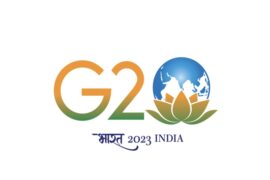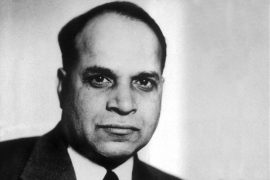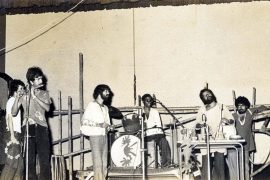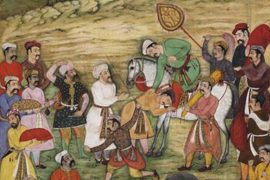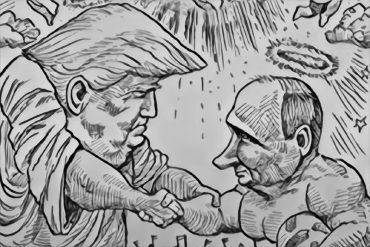There was a time when stamp collection was a hobby for many children. That was an age when people sent letters. Now, phones and computers have made communication much easier—almost instant. Just like methods of communication, stamps evolved over the years.
This evolution can be seen clearly if you look at the collections of people who collected stamps in their childhood. It isn’t easy, however, to find such people, especially those who managed to keep their collection as is. If you are lucky enough to find such a person, their collection might start from 1852, when stamps were first introduced in India. Sir Bartel Frere introduced paper postage stamps in Sindh, which is presently in Pakistan. The stamp, called ScindeDawk, was the first to be issued in the whole of Asia. It was a red sealing wafer that sealed the letter.
Scinde is the anglicised version of ‘Sindh’, and ‘Dawk’ was taken from the Hindi word ‘Dak’, which means ‘Post.’ ScindeDawk was used for two years before the regular Indian stamps we are familiar with were used. The first such stamp was put for sale on October 1, 1854. The stamps had a picture of Queen Victoria when she was fifteen years old. They were sold for either half anna, one anna, two annas or four annas. The Four Anna stamp was the first bicolour stamp in the world. The Swiss Basel Dove that came before it in 1845 was the first tricolour stamp.
Paper stamps were printed in Calcutta. The first stamp was issued in the country in May 1854, months before they were put for sale in October. In 1825, a security press was set up in Nashik by a company called Thomas De La Rue, named after its founder. This company began by printing newspapers in England in 1813. In 1855, De La Rue got its first postage stamp contract. Since then, they have moved to print banknotes and passports in India, indicating letters and stamps as a dying business.
The first stamp to be printed in India after independence was in November 1947. It was the tricolour with the words’ Jai Hind’ written in Hindi on the top right corner. Along with it was printed the Ashoka pillar of four lions, which is the emblem of India. A third stamp with the Douglas C-4 plane was also printed.
All these stamps can be found in the National Philatelic Museum of India, Delhi. In this museum, one can see everything from the ScindeDawk to various stamps issued after independence. The stamps are under categories like flora and fauna, arts and culture; there is a separate category for Mahatma Gandhi.
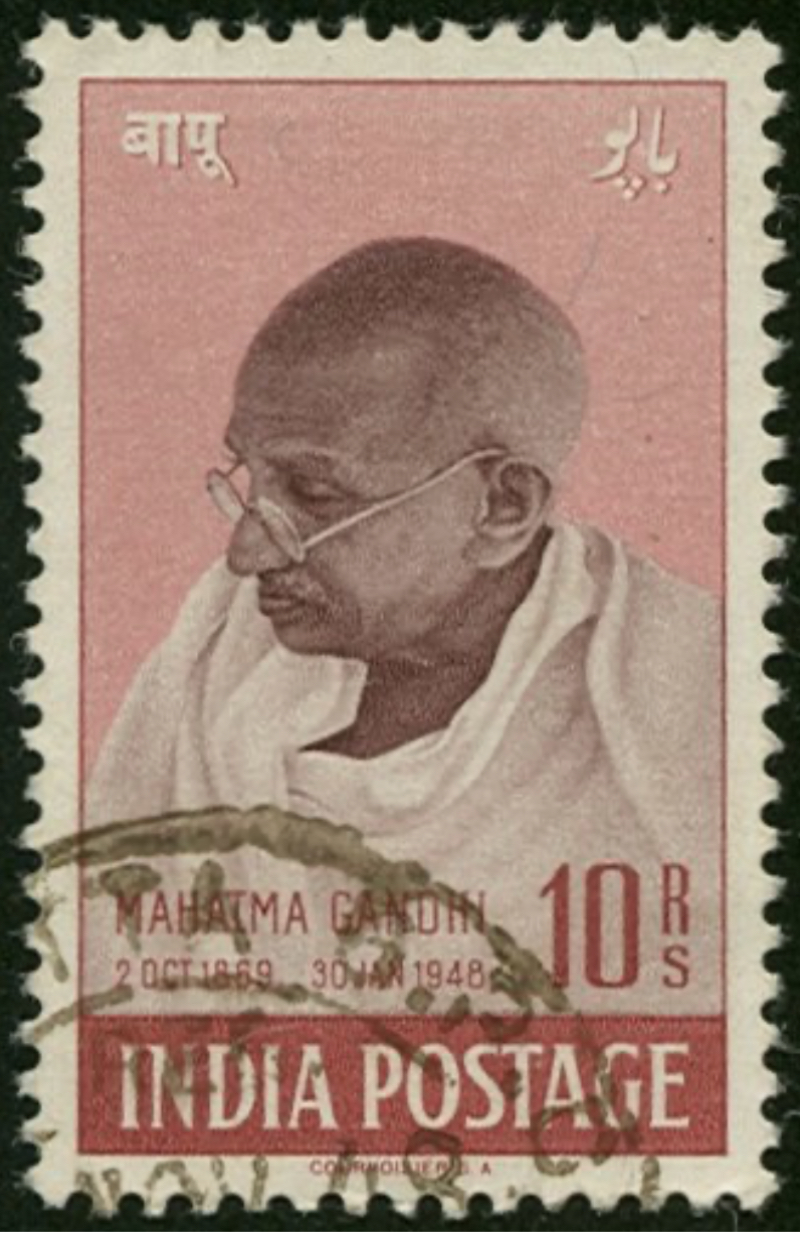
In 1948, the first stamp with Mahatma Gandhi’s face on it was issued to celebrate one year since India’s independence. In 1969, four stamps were issued to celebrate 100 years of Mahatma Gandhi’s birth anniversary. The tradition of printing stamps to commemorate the life and works of Mahatma Gandhi continues to this day. In 2020, a set of four stamps were issued to commemorate 150 years since Gandhiji’s birth.
When stamps began in 1854, they were issued under ‘India Postage.’ In the same year, it was changed to East India postage. Later, in 1882, it changed back to India postage, and the name continued till 1962. In 1962, the name was changed to ‘Bharat’, which was written in Hindi; ‘India’ was written next to it.
Since independence, India has issued around 3000 postage stamps. The pictures on these stamps range from freedom fighters like Subhash Chandra Bose and B.R Ambedkar to depictions of nature like the tiger and the lotus flower to things of national heritage; People who made the country proud with their work in music, dance or other arts are also celebrated through stamps.
Recently, a stamp was issued to commemorate India’s win over Bangladesh in the Indo-Pakistan war of 1971. The stamp was issued by Defence Minister Rajnath Singh at the National War Memorial to honour soldiers who gave their lives for the war.
Those who still collect stamps for reasons known only to them will be familiar with the new stamps that are issued now and then. But for others, their existence no longer makes a difference—unless one enthusiast suddenly arrives and a new interest in stamps is sparked in us. For this reason, the Indian Postal Service website has a website for stamps. This site has images of every stamp that was issued since 1954.
The art of stamp collecting, just like the art of letter writing, is slowly fading away. Letters were written by great Indian patriots like Jawaharlal Nehru and SardarVallabhai Patel, and stalwarts of literature like Neeraj and Harivansh Rai Bachchan speak of their impeccable style of writing and their familiarity with the language.
These days, technology has eroded the art of expressing thoughts on paper. The 280 characters of Twitter (X) and the image-based format of Instagram have brought restrictions that were not present in letters. The solemn endeavour of collecting stamps will only revive with the endeavour of writing letters. May the art of collecting stamps and writing letters never completely go away.
-30-
Copyright©Madras Courier, All Rights Reserved. You may share using our article tools. Please don't cut articles from madrascourier.com and redistribute by email, post to the web, mobile phone or social media.Please send in your feed back and comments to [email protected]


